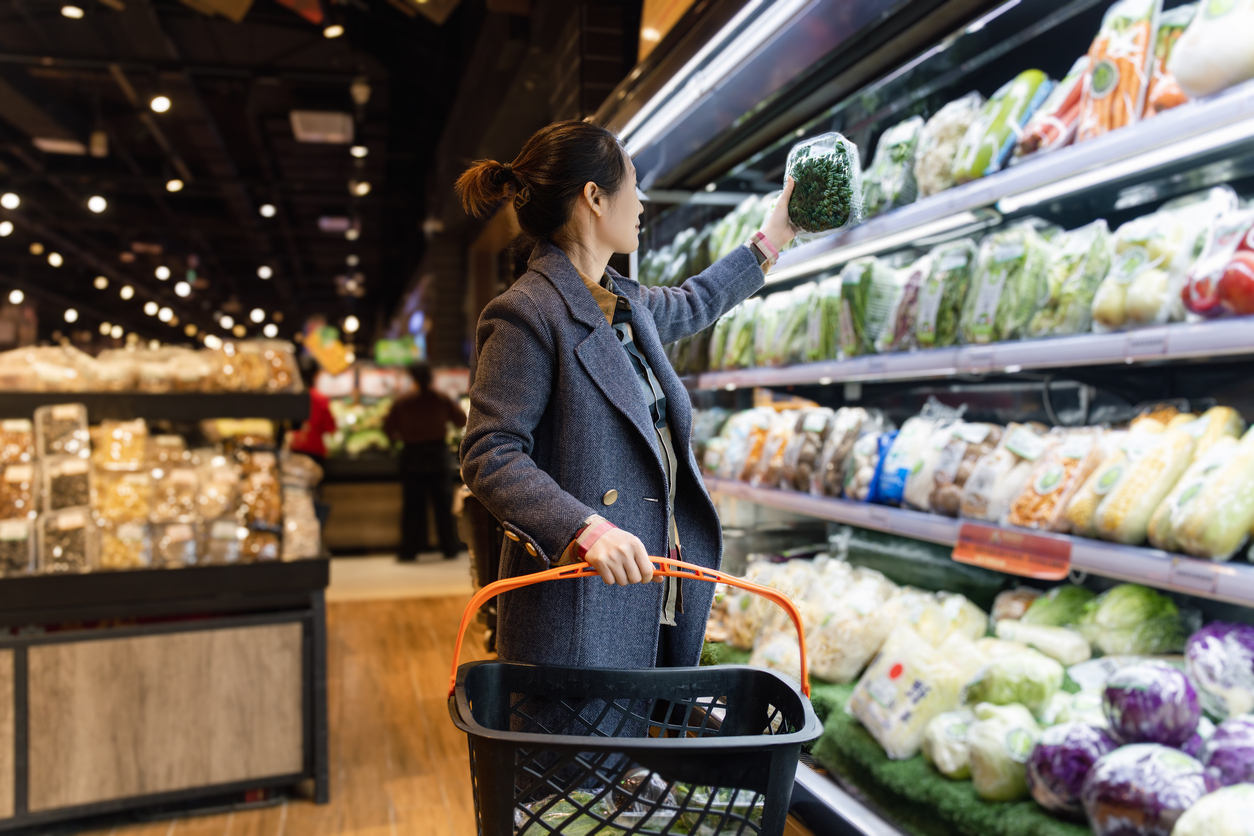Seniors often face financial challenges that impact their ability to purchase nutritious food. With rising food prices and limited incomes from pensions or retirement savings, maintaining a healthy diet can be a struggle. Government grocery benefits for seniors offer critical support by providing financial assistance or discounts on essential food items. These programs aim to improve food security, ensuring seniors can access the nutritious meals they need to maintain good health.

Eligibility for Grocery Assistance Programs
Government grocery benefits are typically targeted at low-income seniors, but eligibility criteria may vary depending on the country or region. In the United States, for example, seniors may qualify for the Supplemental Nutrition Assistance Program (SNAP), also known as food stamps. Eligibility is determined based on income levels, household size, and other factors such as medical expenses. Similarly, in countries like Canada, the Old Age Security (OAS) program provides financial support to low-income seniors, which can be used for groceries and other necessities. Some programs are also designed to assist seniors living in rural or underserved areas, where access to affordable food is more limited.
Types of Grocery Assistance Programs
Grocery assistance programs for seniors can come in several forms. The most common are direct financial support or vouchers, which allow seniors to purchase groceries at participating stores. For example, SNAP benefits in the U.S. are loaded onto an electronic benefits transfer (EBT) card, which seniors can use at grocery stores, farmers markets, and even some online retailers.
In addition to financial aid, there are programs that provide discounted or free groceries to seniors. In some regions, community centers, churches, or food banks organize "senior food boxes," which are delivered or available for pick-up. These boxes often contain essential items like fruits, vegetables, grains, and protein-rich foods to support seniors' nutritional needs.
The Impact of Grocery Benefits on Senior Nutrition
Government grocery benefits play a crucial role in improving senior nutrition. Many older adults face specific dietary requirements due to age-related health conditions such as diabetes, heart disease, or osteoporosis. With limited income, seniors may otherwise prioritize cost over nutrition, purchasing cheaper, less nutritious foods. Grocery benefits ensure seniors can afford healthier options, such as fresh produce, whole grains, and lean proteins, leading to improved overall health and a reduction in diet-related illnesses.
Programs like SNAP also often include nutrition education, offering guidance on how to prepare affordable, balanced meals. This added support can help seniors make healthier food choices and stretch their benefits further, maximizing both their budget and nutritional intake.
Challenges and Barriers to Accessing Benefits
Despite the importance of grocery assistance, many seniors face challenges in accessing these benefits. One of the primary barriers is a lack of awareness. Some seniors may not know they qualify for programs like SNAP or are unaware of how to apply. Others may feel a stigma around receiving government aid, which can deter them from seeking help.
Additionally, the application process itself can be complicated for some seniors, especially those with limited mobility, cognitive impairments, or no access to the internet. In rural areas, seniors may face even greater obstacles, as local grocery stores may not accept benefits like EBT cards, or transportation options may be limited.
Government Efforts to Improve Access
To address these challenges, many governments and organizations are working to improve access to grocery benefits for seniors. Outreach programs aim to educate seniors about their eligibility and help them navigate the application process. For instance, the U.S. Department of Agriculture (USDA) funds local programs that assist seniors in applying for SNAP, offering in-person or phone support to make the process more manageable.
Efforts to expand the reach of grocery benefits to rural areas are also underway. Some governments are working with retailers to ensure more stores accept EBT cards, while others are partnering with community organizations to deliver food directly to seniors' homes. In response to the COVID-19 pandemic, many grocery benefit programs also expanded to include online shopping, allowing seniors to order groceries from the safety of their homes.
The Role of Community Support
In addition to government programs, community support plays a vital role in ensuring seniors have access to affordable groceries. Nonprofit organizations, local charities, and religious groups often step in to fill gaps where government programs may not reach. These groups provide additional resources such as free meal delivery services, grocery shopping assistance, and volunteer programs that help seniors with transportation to grocery stores.
Collaboration between government agencies and local communities can amplify the impact of grocery benefits, ensuring that no senior goes hungry. In some areas, innovative solutions like community gardens and food co-ops offer fresh produce at reduced prices, providing seniors with additional access to healthy food.
Conclusion: The Importance of Continued Support
Government grocery benefits for seniors are more than just financial assistance—they are a vital lifeline for ensuring that older adults maintain their health and well-being. As the global population ages, the demand for these programs will continue to grow. Ensuring that grocery benefits remain accessible and sufficient is critical to supporting the dignity and quality of life for seniors, helping them to age with grace and good health.
By reducing food insecurity and improving access to nutritious food, these programs help seniors lead healthier, more independent lives. As governments and communities work together, there is hope that no senior will have to choose between paying for food and other essential needs.


